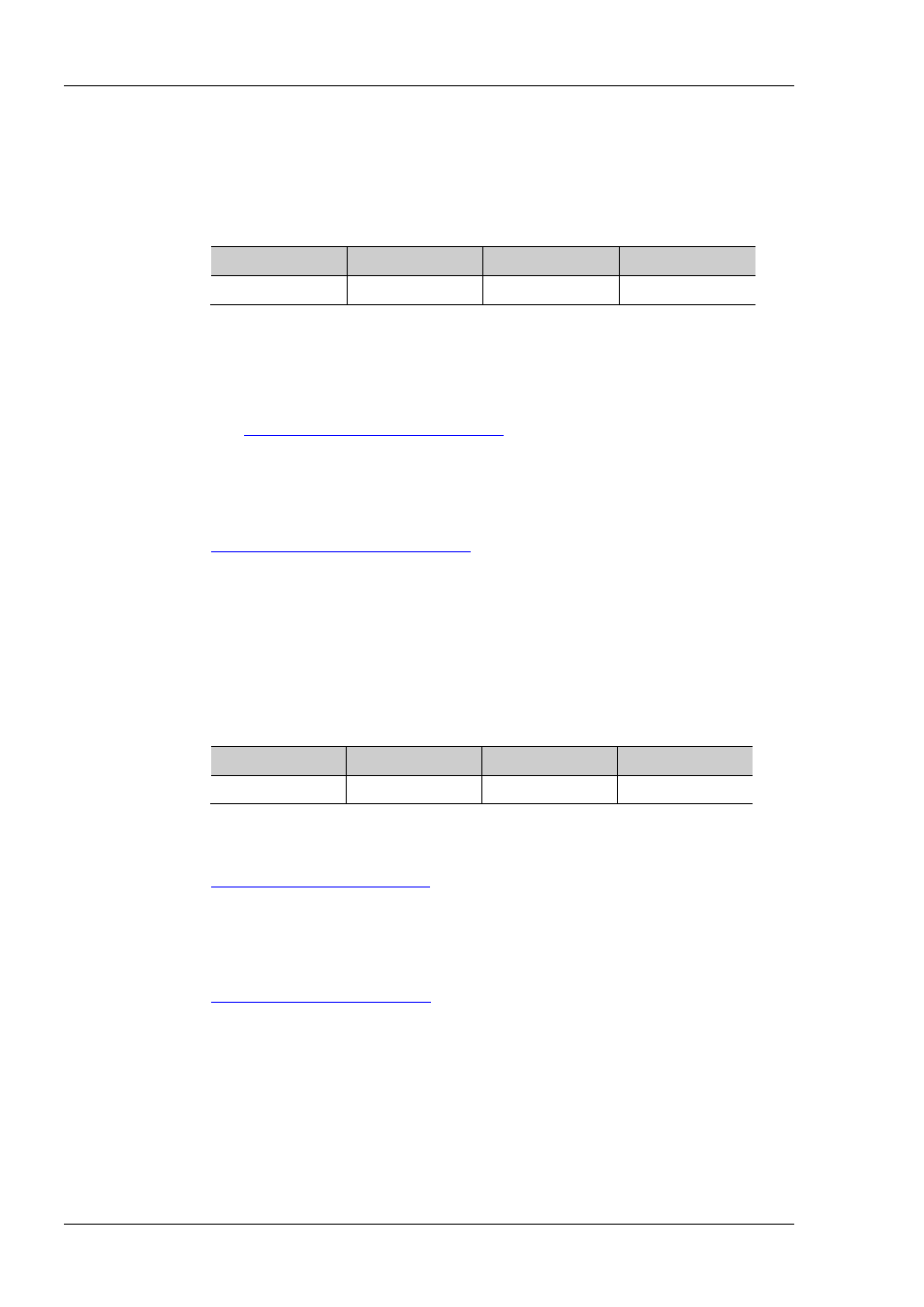Source]:sweep:step:points, Source]:sweep:step:points:step – RIGOL DSG3000 Series User Manual
Page 110

RIGOL
2-90
DSG3000 Programming Guide
[:SOURce]:SWEep:STEP:POINts
Syntax
[:SOURce]:SWEep:STEP:POINts <value>
[:SOURce]:SWEep:STEP:POINts?
Description
Set the number of points of step sweep.
Query the number of points of step sweep.
Parameter
Name
Type
Range
Default
<value>
Integer
2 to 65535
11
Explanation
The number of sweep points decides the time interval between two
neighbouring sweep points.
After setting the number of sweep points, you can use the up/down direction
keys or knob to modify the number of sweep points at the current step. At this
point, you can query or set the current step using the
[:SOURce]:SWEep:STEP:POINts:STEP
Return Format
The query returns the number of sweep points, for example, 5.
Example
:SWEep:STEP:POINts 5
:SWEep:STEP:POINts?
Related
Command
[:SOURce]:SWEep:STEP:POINts:STEP
[:SOURce]:SWEep:STEP:POINts:STEP
Syntax
[:SOURce]:SWEep:STEP:POINts:STEP <value>
[:SOURce]:SWEep:STEP:POINts:STEP?
Description
Set the step of the number of sweep points.
Query the step of the number of sweep points.
Parameter
Name
Type
Range
Default
<value>
Integer
1 to 10000
1
Explanation
After setting the step of the number of sweep points, you can use the up/down
direction keys or knob to modify the number of sweep points at the current step. At
this point, you can query or set the number of sweep points using the
Return Format
The query returns the step of the number of sweep points, for example, 2.
Example
:SWE:STEP:POINt:STEP 2
:SWE:STEP:POINt:STEP?
Related
Command